Kootenay dogs with very important jobs
This writer spends an afternoon with six canine members of the RCMP
They’re fearless, agile and loyal, and they love nothing better than bringing down the bad guys. Protecting and helping the public is their job, and they often risk their lives for it. They are the RCMP’s police service dogs, and six of them are sitting right in front of me.
Today, I’m accompanying the local RCMP on their daily training regimen with the dogs. One is a working police dog based out of the RCMP detachment in Cranbrook, B.C., another is a retired police dog and the rest are still in training.
These “pups” in training are from the RCMP Police Dog Service Training Centre, Depot Division, in Innisfail, Alberta—which is the RCMP’s only dog training facility in Canada. They began their basic training at seven weeks of age, and when they were seven months old, they were transferred to the Southeast District Police Dog Services, based in Cranbrook, to work with an RCMP constable for about a year.
How they become dog handlers
Each of the officers here today—with the exception of Corporal Phil Sullivan, who is an established dog handler—have volunteered for the position. They will receive no extra remuneration for doing so, but it is one step they’ll have to go through if they want to become RCMP dog handlers.
“It’s kind of like mentorship, for both the pup and the constable,” said Sullivan.
Earning the title of dog handler is not easy; it took Sullivan almost eight years. And even though he’s been doing it now for 15 of his 24 years with the RCMP, Sullivan and his canine partner, Denim, are tested every year to ensure they can continue working in the field.
Sullivan and Denim demonstrated one of the tests they have to pass: during an attack scenario, Denim must stop immediately and return to Sullivan’s side when given the order to desist. The team passed with flying colours.
In addition to protecting their handler, RCMP police dogs are also trained to track lost people and criminals, sniff out drugs, help rescue avalanche victims, locate stolen property and find evidence at crime scenes. The Southeast District Police Dog Services will also assist conservation officers in solving wildlife cases.
Making the cut
Just like their human counterparts, RCMP police dogs are given a badge. To obtain it, the dogs must complete three levels of training, which usually takes them about a year and a half. If they aren't exhibiting qualities the RCMP is looking for, the dogs may be sold to other police agencies or associations like search and rescue. They may even be sold as pets.
The RCMP almost exclusively uses German shepherds for police work, and most of them are males—but there is one female in the pack here today. Her name is Fizz and she is 13 months old.
According to Sullivan, Fizz will have to work much harder than the males to get her badge, and if she doesn’t make the cut, Fizz is a perfect candidate for the RCMP’s police dog breeding program.
A life of duty
Sullivan said RCMP police dogs usually retire when they are between seven and nine years old. His last partner, Rambo, retired when he was 8½. Although he doesn’t get to ride in helicopters anymore, which was his favourite activity, Rambo still goes to work with Sullivan. And like all RCMP police dogs, he, along with Denim, lives at home with his handler.
Being a dog handler is a 24-hour job but Sullivan said it’s very rewarding.
“I love working with the dogs,” said Sullivan, and he later added, “My biggest joy is finding lost people, especially kids. It’s always a positive experience—for me and the dog.”
When they're ready, the canine trainees here today will leave the Kootenays and will each be partnered up with a handler to begin their life of duty. The dogs could end up being placed anywhere in Canada.
We can rest assured then, knowing our streets and backroads are being watched by some of the toughest and hardest working dogs in the world.

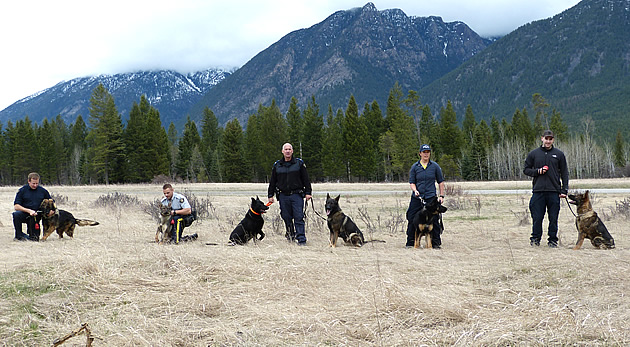
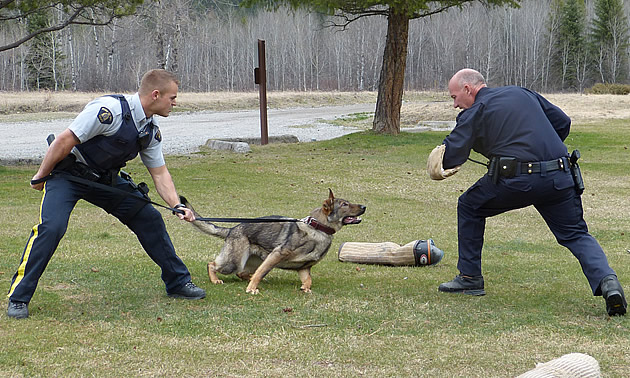
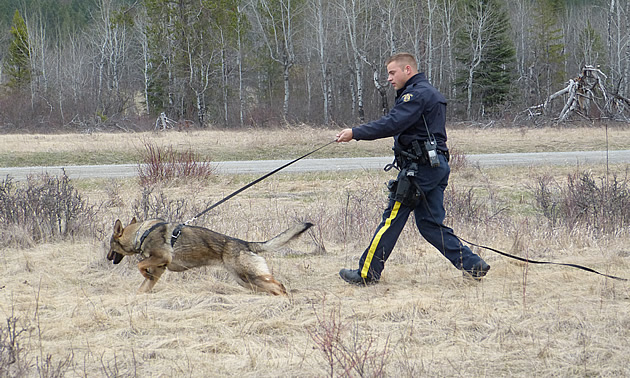
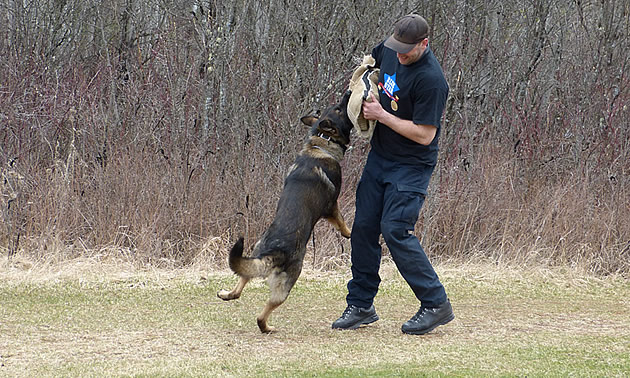

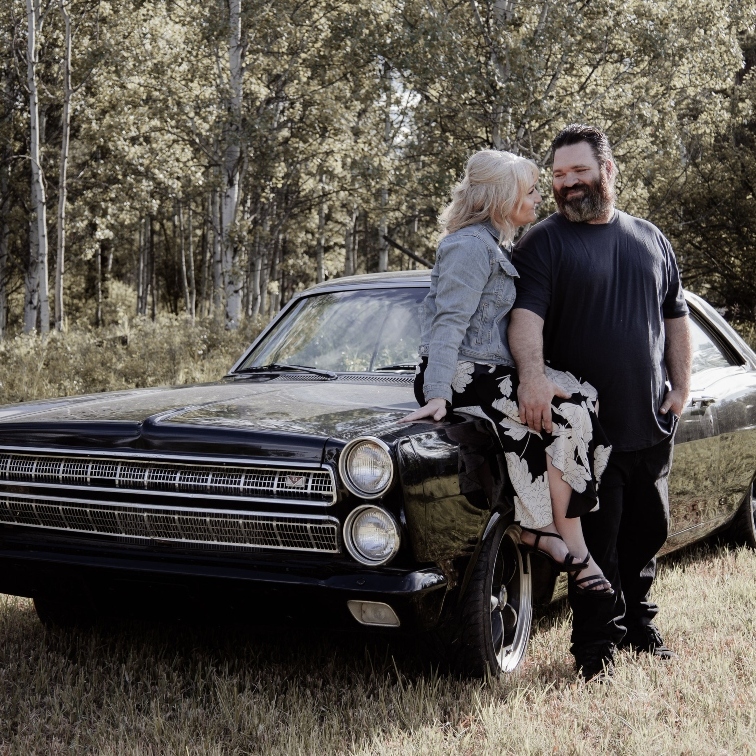



Comments